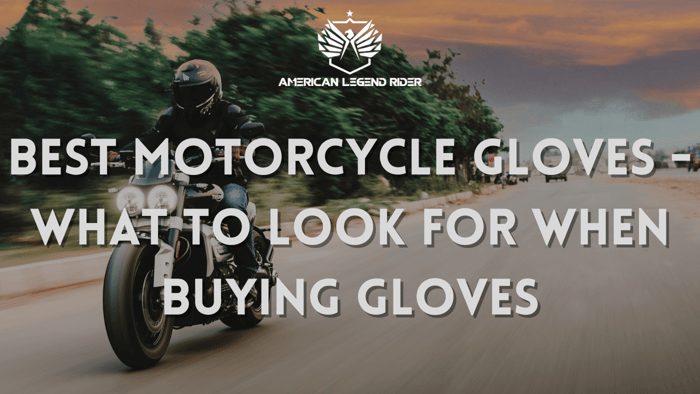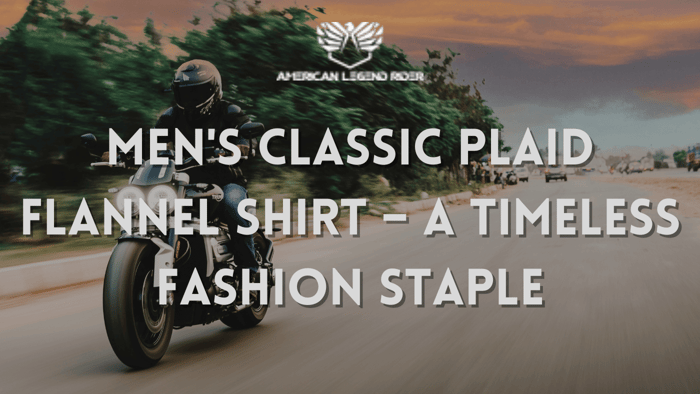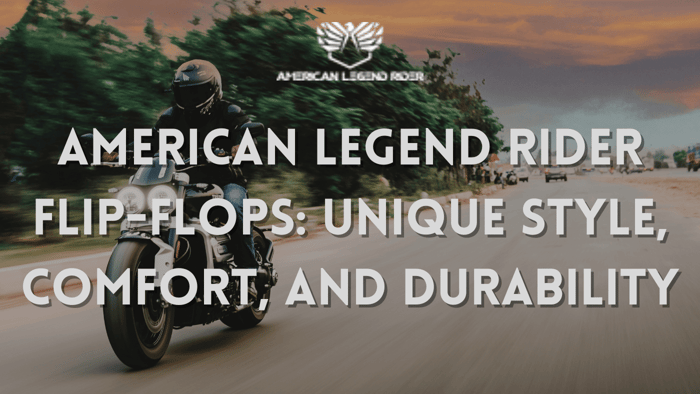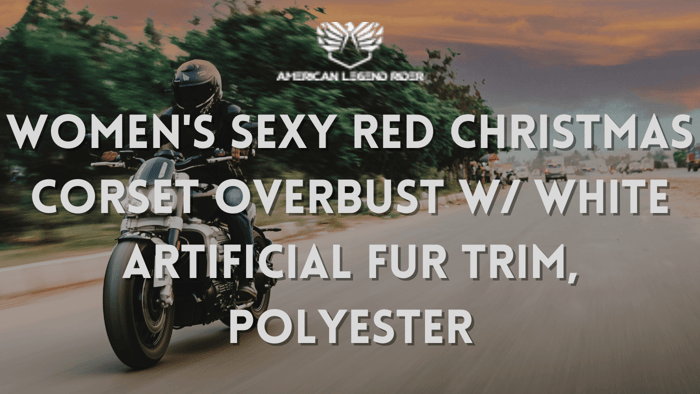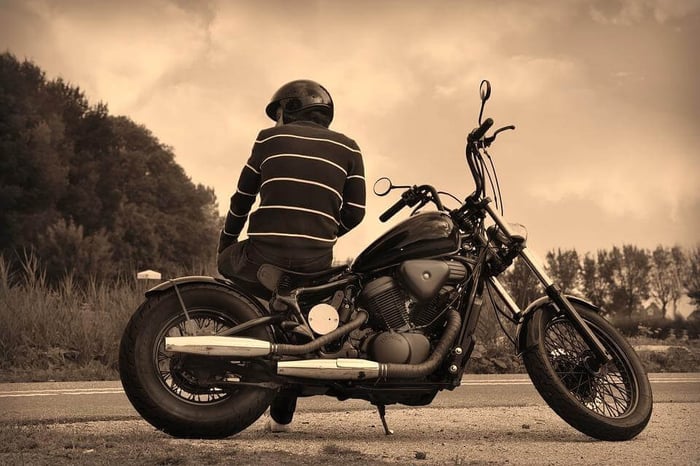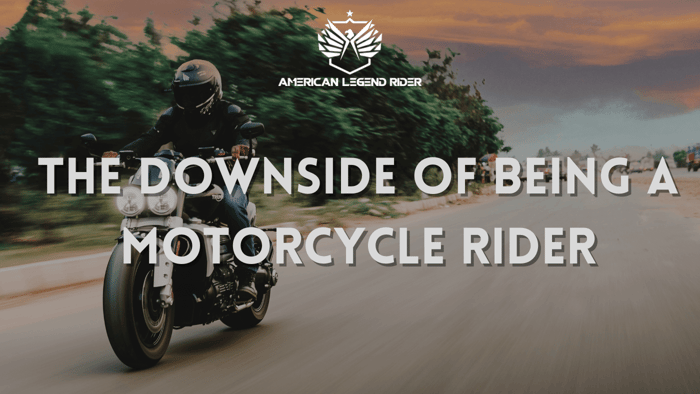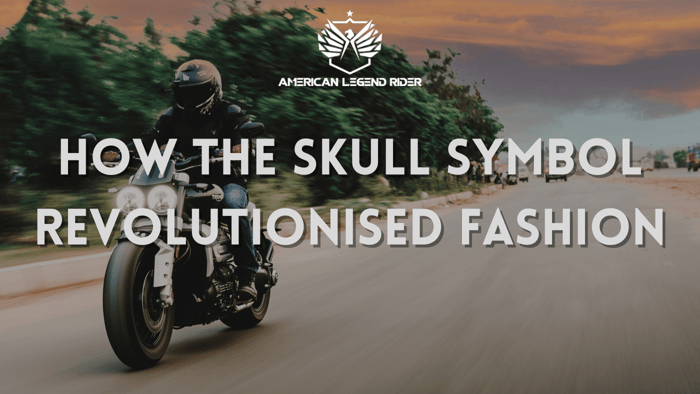Our hands and fingers are instinctively used for self-protection. They have evolved over millions of years and have become highly efficient tools for humans. We rely on our hands for almost everything we do. Consequently, ensuring their protection should be a top priority.
Motorcycle gloves are not only a nice-to-have accessory but also essential when going for the extreme rides. A crash can occur at any time you are on the road, and your hands need to be protected from the asphalt and many things which could hurt them.
It is also important to note that not all gloves are created the same. Some come with different styles to suit different riding habits, conditions, environments, and weather.
Different brands have different price tags and designed to accomplish the job differently. You can find short gloves, single-layer leather gloves, to others made from exotic materials such as titanium, kangaroo skin, and bizarrely from a stingray’s skin.
But obviously, every true biker glove will have the essential features that provide comfort and protection for your hands. In this post, I am going to tell you more about the importance of motorcycle gloves, whether you are a pro or a newbie trying to get grips with the exciting world of motorcycle riding.
What makes a good motorcycle glove?
For some folks, every glove works just fine. But this has been proven time and again not to be true. Some people may be wondering why they should spend close to $300 on a new pair of gloves while they can get some cheaper ones at $20 from their local shop.
Well, the difference is huge and there’s a lot that goes into making a cozy, protective motorcycle glove. First and foremost, a motorcycle glove is unlike any other glove you can use to ride your bike or cover your hands. Motorcycle gloves are designed for two critical things that have a huge influence on comfort and safety for the avid rider.
- To protect your hands from harsh environments and allow you the flexibility for motor control while riding your motorcycle
- Absorb impact and prevent injuries to your hands in case of a spin or crash
You average gloves are not designed with these specific features in mind. But motorcycle gloves are made to meet the above needs of which bikers cannot do without under certain conditions.
What makes motorcycle gloves special is the unique engineering from which they are developed. Many brands and manufacturers have made it their duty to study different drivers’ habits and come up with innovative features that attend to these needs. For example, some gloves come with hardened knuckles, reinforced layers in areas of high impact, and palm sliders which can cope with daily riding while also withstanding crashes. Another vital inclusion in the manufacturing process is user feedback from riders. The extensive years of making world-class biker gloves help to cater to all categories of riders. Each riders’ riding needs can easily be satisfied in today’s market. The next important thing you need to know is the different parts that make up your motorcycle gloves.
What are they and how do they help in keeping you comfortable and safe from accidental injuries?

The different parts that make up a motorcycle glove
The design of a motorcycle glove is vital to its level of comfort and ability to protect your hands in the event of a crash. Some different parts and features make up the pieces of this vital piece of safety gear. Our goal here is to highlight the anatomy and various components that make up the design.
- Palm
The palm is designed to allow you to have a better grip of the throttle while giving you ultimate comfort. Usually, it is made from thin natural hides like goatskin or kangaroo skin.
- Upper
The upper is generally thick and sturdy. It covers the back of your hand and protects it from numerous things such as bugs, crashes, debris, and others that might impact on your knuckles. A variety of materials can be used to make the upper, including thick cowhides or sturdy textile.
- Fourchettes
These are the fabric strips that connect the palm to the top and are often ventilated
- Lining
The lining is crucial to the overall comfort of your motorcycle gloves. Depending on the intended use, the type of lining used can vary greatly. There are different types of lining well-adapted for waterproofing, warmth, moisture-wicking and enhancing comfort. Materials such as Gore-Tex and Thinsulate are commonly used.
- Stitching
Stitching is perhaps the most vital element of any top quality gloves. It determines the durability and quality of a glove to withstand wear and tear. Durable fabrics such as Kevlar are used for stitching and holding the entire glove. Double-stitching is applied to critical areas that are exposed to friction and extreme force. External stitching on fingers and around the palm bolster the glove and provide better comfort.
- Cuff
Often, the cuffs come with soft padding or amour that protects the wrists. It also prevents water and cold from entering the gloves
- Closure
Closures help keep your motorcycle gloves in place on long rides and more importantly in the event of a crash. Closures use D-ring straps, hooks, or buttons to keep secure.
- Amour
Perhaps the amour is the most vital part when it comes to protection. It prevents your hands from getting injuries from scraping or impact. It can be made from a variety of materials such as carbon fiber, steel or titanium, padding (EVA foam), thermoplastic urethane, and other exotic materials.
There’s so much more that goes into making the best motorcycle gloves, and every detail counts. Other extra features include finger bridges, knuckle vents, and palm sliders.
The eternal question of whether you should choose a leather glove over a textile glove is one that continues to divide opinion. In truth, there’s no absolute right or wrong, and the type of glove that you choose will depend on the gear that you prefer. The purpose will also be an important factor to consider.
Your gloves must fit well
For the most part, we do not seem to have a problem getting the right size of boots, helmets, and other riding gear. But many people downplay the importance of fitment when it comes to motorcycle gloves.
Just like any other gear that you wear, your riding gloves must be the right size for maximum comfort and protection. If they happen to be too saggy for your hands, the amour will not provide the protection that you need in the event of a crash or slide. Also, loose-fitting gloves make it hard for you to get a proper grip of lever controls since there is too much material before you can get a good grip.
Then again, a glove that is too small and tight will make your hands tire out faster as you contend with the tension. Small gloves are very uncomfortable to wear on long rides. You might find yourself wanting to remove them as quickly as possible. Air circulation becomes limited, and your hands will feel like they are burning.
Getting yourself a motorcycle glove that matches your hand size is a vital process that you cannot afford to ignore. Also, consider that with time, your new gloves will begin to widen or break-in from regular use. That’s why new gloves always feel tighter at the beginning even if they are the right size for you.
Overall, the gloves that you choose should be snug and fit well around your entire hand. Make sure that they don’t leave the excess room at the tips of your finger. While selecting the right size can be hard, it is often a good idea to research further about a brand’s sizing guides.

Types of motorcycle gloves
There is a wide spectrum of gloves out there from different manufacturers. They vary a lot in size, material, adaptation to riding style, and other conditions. Nevertheless, it is advisable to choose a motorcycle glove that best suits your riding style, level of comfort, and budget. Here, we look at the different types of gloves that exist in the market.
Sport/racing gloves - as you might expect, sport/racing gloves are the most technically constructed type of gloves. They are built to protect against high-speed impact and abrasions while also allowing for easy control. They feature thick leather, plastic or textiles on the upper and their amour can be made from metal or carbon fiber. They come as a short cuff style or in a gauntlet style. Some may even be waterproof for the hardcore rider. Comes with excellent ventilation.
Summer gloves - if you love the long summer road trips, summer cruising gloves will be the kind of gloves that you need. Sweaty palms can make the riding experience a slippery one, and dangerous. These gloves come with ample ventilation to keep your hands cool and comfortable. They also feature padding and protection around the knuckles and palm, made out of carbon fiber, Kevlar and other hard plastics.
Winter/Heated gloves - these gloves are good at keeping your hand warm. When riding in the cold weather, the breeze can be numbing and lead you to make mistakes. Heated gloves come with insulation so that you can control your motorcycle.
Cruiser/Urban-if you are obsessed with fashion, then cruiser gloves come in a wide variety to match your unique taste including Goth gloves and outlaw biker gloves. Despite their focus on style, these gloves provide you with the comfort and protection that you need. You can find them in short cuffs or long to mid gauntlets.
Touring/Adventure - more often, if you are the adventure type of person, a touring glove is the best choice for you. Touring gloves double as protective gear and also as stylish gloves. They have to be able to protect your hands from harsh weather, abrasion crashes, and so much more. A majority of touring gloves are made from textile and a combination of other innovative materials such as hardened plastic, metal, and carbon fiber. You will need to fork out more from your pocket to get one of these, but they will be worth it in the end.
Fingerless - a popular one for cruiser drivers, fingerless gloves are generally cut off from the point where the first knuckle of each finger reaches. They are almost exclusively made of leather. The main benefit of fingerless gloves is that they allow you to have better control of the levers since your fingers are exposed. They are relatively comfortable, with enough air circulation from the numerous cut points and perforations. However, they do not come with an amour or padding, which means your fingers are unprotected at any event like a crash or slide. Many bikers find them fashionable and convenient.
MX gloves - if you are a motor cross rider, you will need gloves that enable you to do the job with dexterity. MX gloves are designed with flexibility in mind while giving you the protection that you need. The primary construction of the glove is made from tough leather with a mix of textile in areas where a lot of flexibility is required. To facilitate proper wrist movement, the MX gloves come in a short cuff. Some also have padded palms for additional protection and others with reinforced padding for the same. Considering the nature of which they are built, they have some of the best ventilation systems to keep your hands chill and comfortable.
Choosing the perfect motorcycle gloves
You know the deal when it comes to motorcycle riding gloves. You need the one that fits you right, cushions you against crashes and one that allows you to feel that you are in full control of your ride. So what should your ideal gear be like? What should it have?
There are three essential things to consider when choosing the right motorcycle gloves.
Riding style - the kind of gloves that you choose will, for the most part, depend on your riding style. If you are an adrenaline junkie who likes to ride in the harshest of weathers, you will probably find touring gloves to be your best match. For the casual rider, a pair of cruiser gloves suits them well enough.
Weather/environment - cold weather dictates that you have winter/heated gloves to protect you from the chilling raindrops or snow. The baking sun mandates that you have summer gloves.
Finally, your budget can narrow down your options or expand them depending on how big it is. More importantly, look for the features that you need instead of going for a particular brand.

